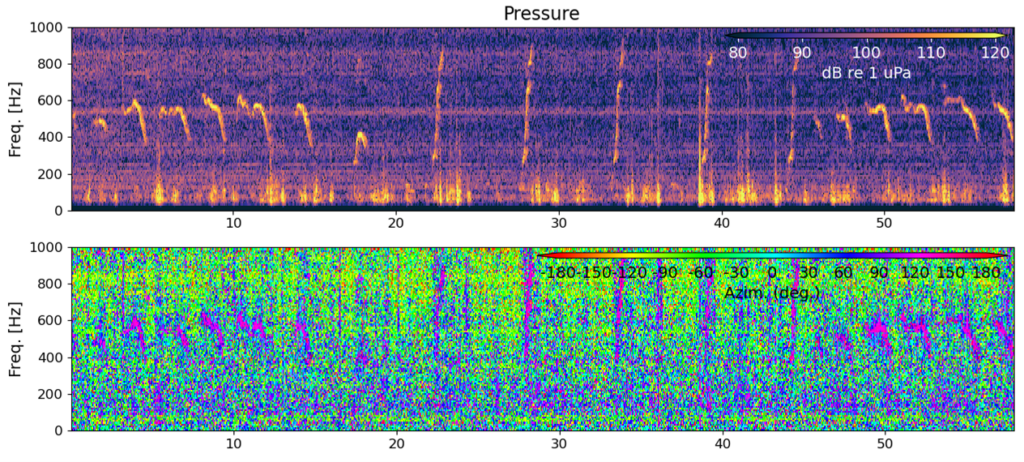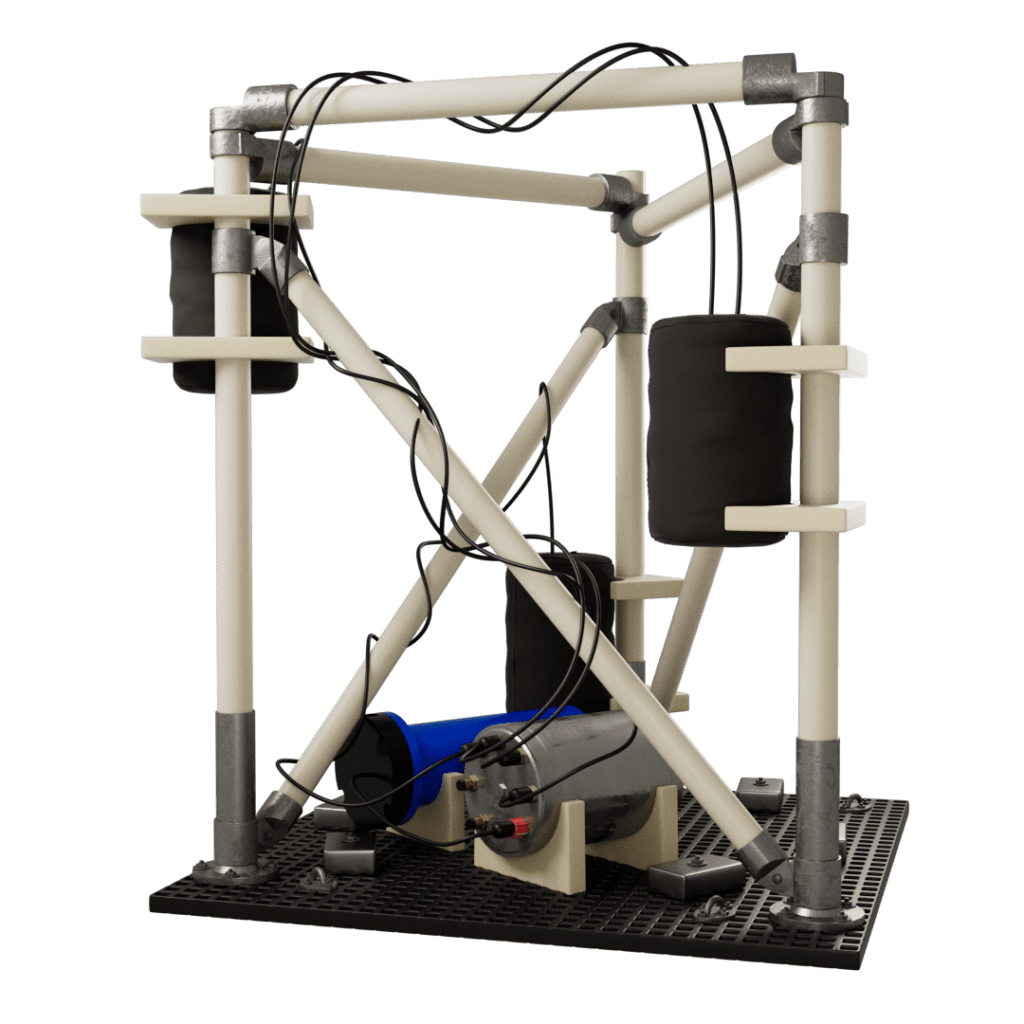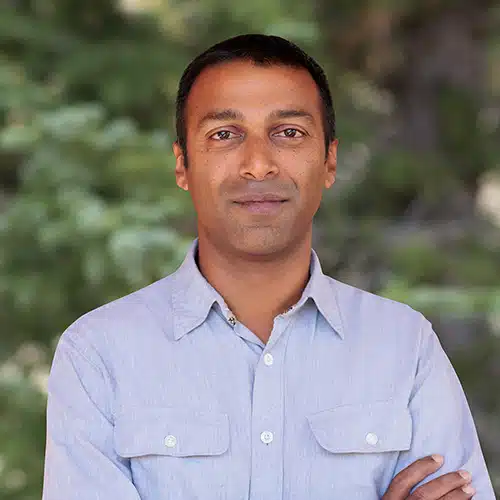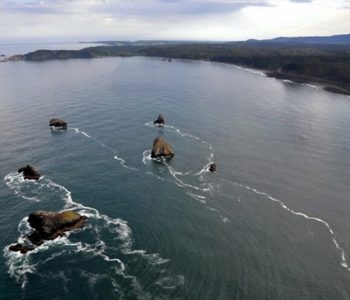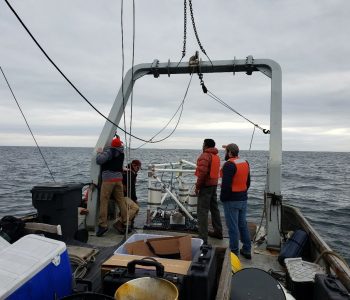Raghukumar, K., G. Chang, F.W. Spada, and C.A. Jones. 2019. NoiseSpotter: A rapidly deployable acoustic monitoring and localization system. D. Vicinanza et al. (eds), In Proc. of the 13th European Wave and Tidal Energy Conference, Naples, Italy.
Raghukumar, K., G. Chang, F. Spada, C. Jones, J. Spence, S. Griffin, and J. Roberts. 2019. Performance characteristics of a vector sensor array in an energetic tidal channel. pp. 653–658. J.S. Papadakis (ed), In Proc. of the Fifth Underwater Acoustics Conference and Exhibition, Crete, Greece.
Raghukumar, K., G. Chang, F. Spada, and C. Jones. 2020. A vector sensor-based acoustic characterization system for marine renewable energy. J. Mar. Sci. Engr. 8(3):187. doi:10.3390/jmse8030187.
Chang, G., Harker-Klimeš, G., Raghukumar, K., Polagye, B., Haxel, J., Joslin, J., and Spada, F. 2021. Clearing a path to commercialization of marine renewable energy technologies through public-private collaboration. Frontiers in Marine Science, 8:669413.
Borland, L.K., Heppell, S.A., Chapple, T.K., Raghukumar, K., Henkel, S.K. 2023. Responses of Oregon Demersal Species to Seismic Survey Noise: Evaluating Behavior and Movement. In: Popper, A.N., Sisneros, J., Hawkins, A.D., Thomsen, F. (eds) The Effects of Noise on Aquatic Life. Springer, Cham. https://doi.org/10.1007/978-3-031-10417-6_18-1.




